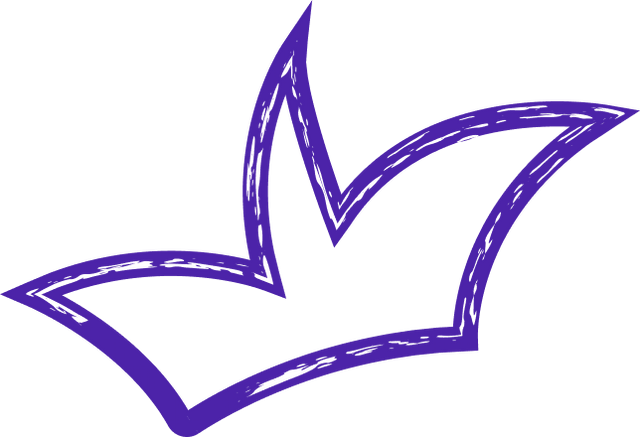
http request
HTTP Request
Headers play a crucial role in an HTTP Request as they provide additional information about the request or the client to the server. These headers are included in the request message and are typically used to convey details like the client's user agent, the content type of the request body, the preferred language of the response, and more. By including these headers, the client can provide context and requirements to the server, allowing for a more tailored and efficient response.
When a client initiates an HTTP Request, it consists of several components. The first component is the request method, which specifies the type of action the client wants the server to perform. Commonly used request methods include GET, POST, PUT, DELETE, and PATCH, each serving a different purpose in manipulating or retrieving resources.
Following the request method, the client includes the Uniform Resource Identifier (URI) that identifies the specific resource or endpoint on the server that it wants to interact with. Additionally, the HTTP version is specified to ensure compatibility and adherence to the appropriate protocol specifications.
The request may also include a request body, which contains data that needs to be sent to the server. This is often used in POST or PUT requests to submit form data or update existing resources. The headers mentioned earlier are included in the request message to provide additional information and instructions to the server regarding the request.
In summary, an HTTP Request is the foundation of client-server communication in web development. It allows clients to request resources or services from servers using various request methods, along with headers that provide context and requirements. Understanding HTTP Requests and their components is essential for building robust and efficient web applications.
Let’s build your next digital product — faster, safer, smarter.
Book a free consultationWork with a team trusted by top-tier companies.








